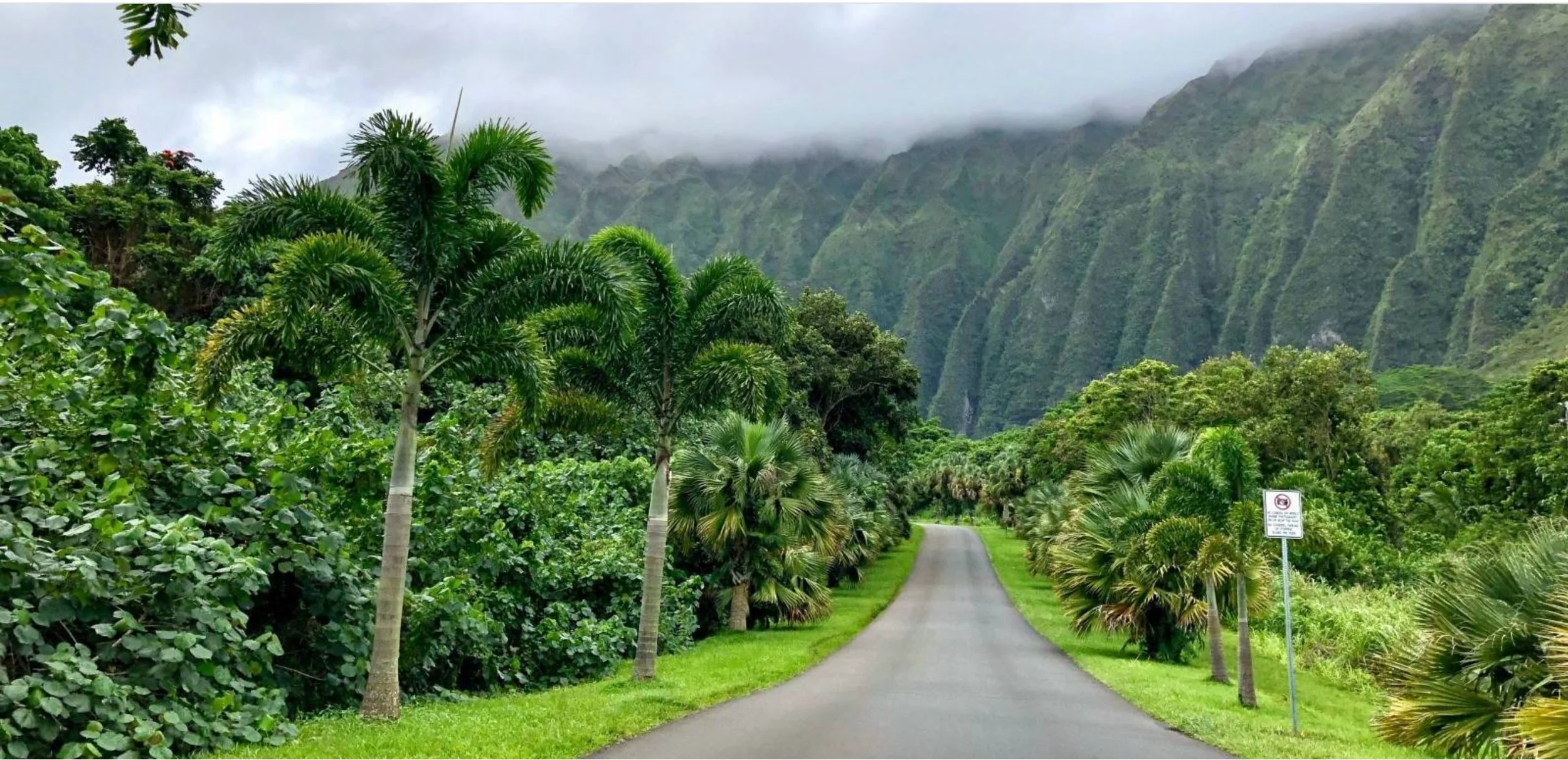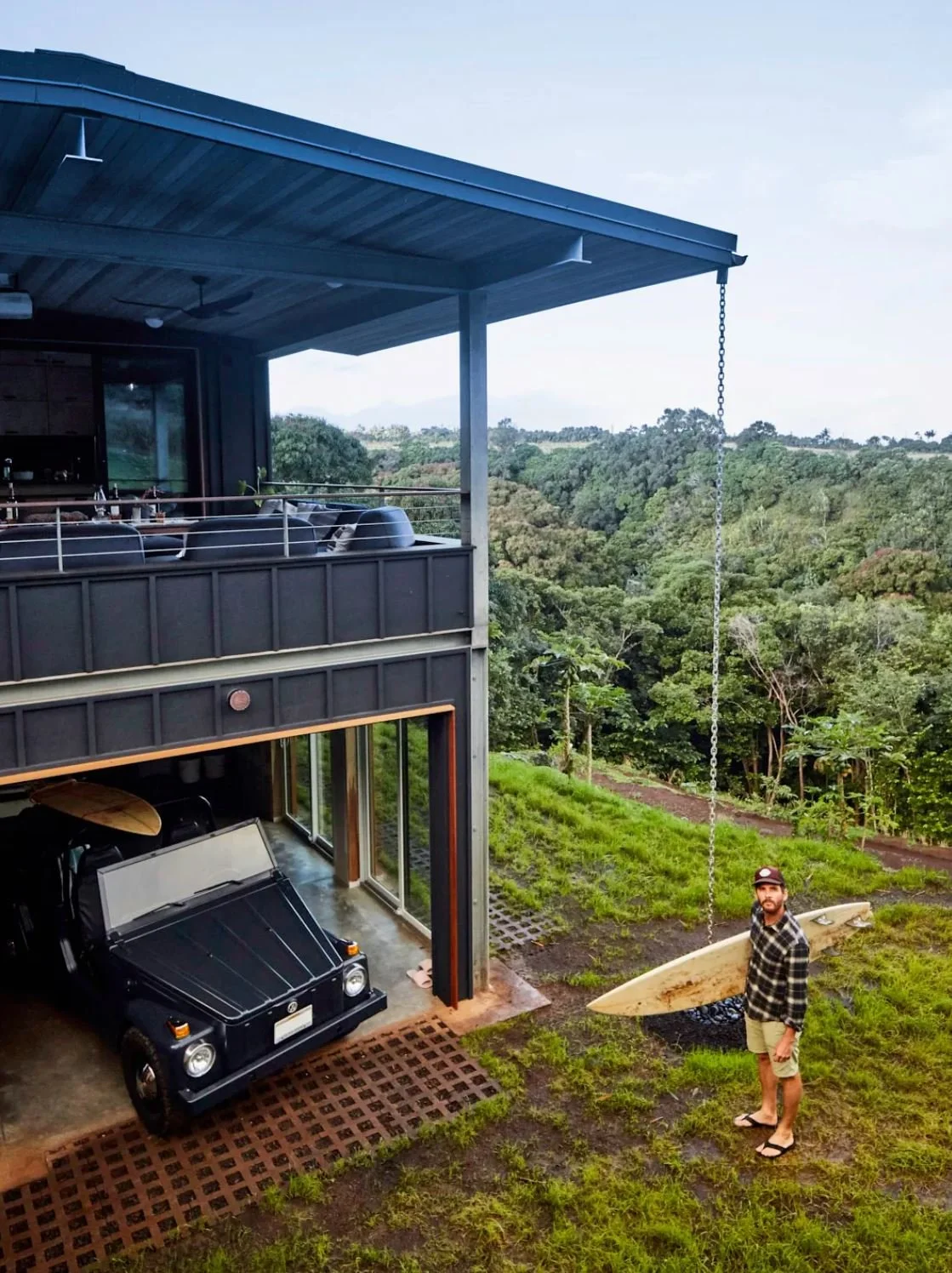Case Study
Expanding Agent Monetization in Underserved ZIP Codes
Context
How Zillow makes $
Zillow's primary revenue stream comes from its Premier Agent program, where real estate agents pay for advertising and lead generation. Other revenue sources include:
Advertising and lead fees (Premier Agent)
Zillow Home Loans and affiliated services (mortgage, escrow)
Rental listings and property management software
Other services like ShowingTime and Zillow Closing Services
In 2022, Premier Agent contributed over $1.5B to Zillow Group’s revenue. However, revenue growth has slowed due to market saturation in highly competitive ZIP codes. This presents an opportunity to expand monetization into underserved markets that are currently overlooked.
Zillow’s Premier Agent revenue model shows signs of saturation in major markets, while lower-demand ZIP codes remain under-monetized due to:
Challenge
Low Agent Competition
Minimal Ad Spend
Inconsistent Listing Support
Result
Zillow misses monetization opportunities in rural U.S. ZIP codes with <2 agents, where 15% of site traffic originates but generates <5% of Premier Agent revenue.

The Market
Beginning in 2020, the COVID-19 pandemic sparked a significant rise in demand for rural properties across the United States, fueled by factors such as:
Remote Work:
The ability to work from home has led many people to seek out larger homes and more land in rural areas, according to a report from Fannie Mae.
Affordability:
Rural properties generally have lower purchase prices, property taxes and fewer HOAs compared to urban areas, making them attractive for investors and homeowners alike , according to EquityMax.
Lifestyle:
Rural areas offer a more peaceful and less congested lifestyle for those seeking a change of pace.
Development Potential:
Many rural areas have the potential for future development, such as vacation homes or commercial businesses with less competition, according to Land.com.
What are the latest trends in the real estate industry?
Zillow's recent earnings reports noted slowing Premier Agent growth, increasing a need for alternative streams.
Business Impact
User Impact
1 in 5 buyers in rural ZIPs report lack of timely agent contact
Listings in these areas see 18% lower conversion to inquiry
Inconsistent support reduces buyer trust and engagement
Develop a product strategy to drive $25M incremental revenue from underutilized ZIP codes by improving agent adoption and user engagement.
The Goal
A flexible, localized agent engagement model—combined with pricing incentives and enhanced user matching—will increase monetization and satisfaction.
Hypothesis
Proposed Solutions
-
Reduce lead costs by 20–30% in ZIPs with <3 agents to drive interest from new or expanding agents.
Discount for new agent signups.
Track signups, lead response rates, and agent activity.
-
Allow agents within a 50-mile radius to service adjacent underserved ZIP.
Simple UI toggle inside existing agent dashboard.
Measure how many agents opt-in, how many leads convert.
Target pilot -Midwest and Southeast regions which has vast land and growing segments.
-
Identify ZIPs with high listing volume but few Premier Agents.
Approach local lenders, title companies, and moving services.
Offer CPM-based pilot ad slots on property detail pages.
Track: Ad CTR, partner satisfaction, incremental revenue per ZIP.
-
Deploy intelligent routing algorithm for orphaned leads.
Internal tests show a 22% increase in contact rate using algorithmic agent matching.
Use heuristics to test engagement lift.
Track contact rate and user satisfaction via follow-up surveys.
Agent-Focused User Stories
As a growth-minded agent, I want to test advertising in new ZIPs before committing long-term, so that I can minimize financial risk.
As a Premier Agent, I want visibility into agent performance metrics in new ZIPs, so that I can decide where to expand strategically.
As an experienced agent in a neighboring ZIP, I want the option to claim leads from nearby underserved areas, so that I can grow my business without opening a new office.
As a new real estate agent, I want to receive discounted lead pricing in low-competition ZIP codes, so that I can affordably build my client base.
Buyer-Focused User Stories
As out-of-state buyers, we want trusted local agents and service providers, so that we can make confident investment decisions on our second home/vacation home remotely.
As a remote worker moving out of a metro area, I want to explore affordable homes in quieter regions, so that I can improve my quality of life while maintaining my job.
As a homebuyer in a rural ZIP code, I want to be matched with a responsive and qualified agent, so that I can get timely help and feel supported during my home search.
As a first-time buyer, I want listings to show trustworthy local partners (e.g. lenders, movers), so that I can simplify my home-buying journey.

Feature Prioritization
RICE Framework
Feature Reach Impact Confidence Effort Priority
Dynamic Lead Pricing High High High Low Highest
AI Agent Matching (Phase 1) Medium High Medium Medium High
Partner Agent Expansion Medium Medium High Low High
Local Ad Integration Medium Medium Medium Medium Moderate
Success Metrics
North Star Metric
Increase in Premier Agents every Quarter
If successful, we should see the volume of Premier Agents increase every Quarter, which leads to more sales and better user support across the U.S.
1. Agent Engagement & Market Penetration
+35% increase in Premier Agent participation across 1,000 low-performing ZIPs
+50% increase in total agent coverage in ZIPs with previously <3 active agents
25% increase in ZIP-level monetization where Dynamic Lead Pricing is tested
2. Revenue Growth & Ad Monetization
+$25M in annual revenue from re-engaged ZIP codes via Premier Agent, local ads, and partner expansion
$5–7M in new local ad revenue from integrated ad slots (mortgage, moving services, home insurance)
-18% reduction in cost-per-lead through ZIP-tiered pricing model
3. User Experience & Conversion
-22% bounce rate reduction on underserved ZIP listings (target: from 43% → 33%)
+18% increase in average agent response rate in test markets (from 11.4 hrs → 9.3 hrs)
+12% uplift in buyer inquiry-to-agent contact conversion on routed leads (via AI matching)
4. Operational Metrics
+30% increase in ZIPs opted into Partner Agent Expansion by adjacent agents
80% feature adoption of ZIP opt-in toggle among agents offered in MVP phase
90% satisfaction among local service providers participating in pilot ad program
Final Thoughts
Zillow’s growth is not capped — it’s misdistributed!
Major markets are saturated, but 23% of U.S. ZIP codes remain under-leveraged, leaving both revenue and user experience gaps.
My solution isn’t just about agents — it’s about coverage, trust, and timing
By expanding agent presence, increasing responsiveness, and integrating relevant local services, Zillow can own the full buyer journey, especially in overlooked regions.
What this proves:
When Zillow treats every ZIP like it matters, every user experience improves — and so does the bottom line.
“If Zillow is the map for real estate, underserved ZIPs are the blank spaces. Let’s fill them in.”
- Tristan Parrish



















